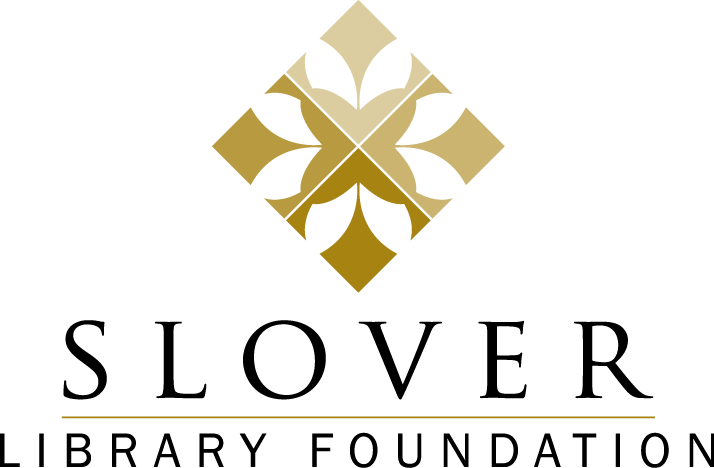Cherry Blossom Painting | Art Attack
Celebrate Asian American and Pacific Islander Heritage Month and learn to make a cherry blossom painting.
Supplies needed:
Watercolor
Paper
Straw
Brush
A history of the cherry blossoms in the U.S.
The history of the cherry blossoms in the Washington, D.C., area started in 1885 when Mrs. Eliza Scidmore returned from her first trip to Japan, and over the following two decades, she approached many leaders in Washington to propose and work towards getting Japanese cherry trees planted in the capital.
1906: Dr. David Fairchild, plant explorer and U.S. Department of Agriculture, conducted an experiment to test and see if cherry blossoms would thrive in the environment near Washington, D.C. He imported about a hundred trees and planted them on his own property.
In 1908, Eliza Scidmore witnessed the first product of her advocacy and Dr. Fairchild’s experiment. And by early 1909: Eliza Scidmore decided to try to raise the money required to purchase the cherry trees and then donate them to the city. She wrote to First Lady Helen Taft, who was on board to have the trees planted and secured another donation of an additional 2,000 trees from the Mayor of Tokyo.
December 10, 1909: Two thousand cherry trees arrived in Seattle, Washington from Japan.
January 19, 1910: Unfortunately, the trees arrived and were inspected only to have been found infested with insects and disease and had to be destroyed.
Fast forward 2 more years (a total of 27 years from the Eliza’s original idea to have the trees planted) to early 1912: 3,020 cherry trees from twelve varieties were once again shipped from Japan to Seattle, then driven across the country to D.C.
March 27, 1912: The First Lady and the wife of the Japanese Ambassador, planted two Yoshino cherry trees on the northern bank of the Tidal Basin.
1913 - 1920: Workers continued planting Yoshino trees around the Tidal Basin. And in 1915, in a gesture of gratitude for the cherry trees, President Taft sent a gift of flowering dogwood trees to the people of Japan.
1935: Over twenty years after those first two trees were planted, the first annual Cherry Blossom Festival takes place with the support of many culture and civic groups.
1965: The Japanese Government made another generous gift of nearly 4000 trees to First Lady Lady Bird Johnson to help her further beautify the city.
Between 1982 to present: Horticulturalists from Japan have collected cuttings from the Yoshino cherry trees in Washington, D.C., to help restore their own tree population after several natural disasters, and have sampled and propagated the original surviving 1912 trees to ensure preservation of the trees' genetic lineage. Through this ongoing cycle of restoration and growth, the cherry trees continued to fulfill their role as a symbol and an agent of friendship.
Want to learn more? Check out these recommended reads:
Sakura's Cherry Blossoms by Robert Paul Weston
Japanese Celebrations: Cherry Blossoms, Lanterns, and Stars! by Betty Reyonalds
Cherry Blossoms and Paper Planes by Jef Aerts
Pinkalicious: Cherry Blossom by Victoria Kann
Tiny Traveler, Japan: A Book of Nature by Misti Kenison

